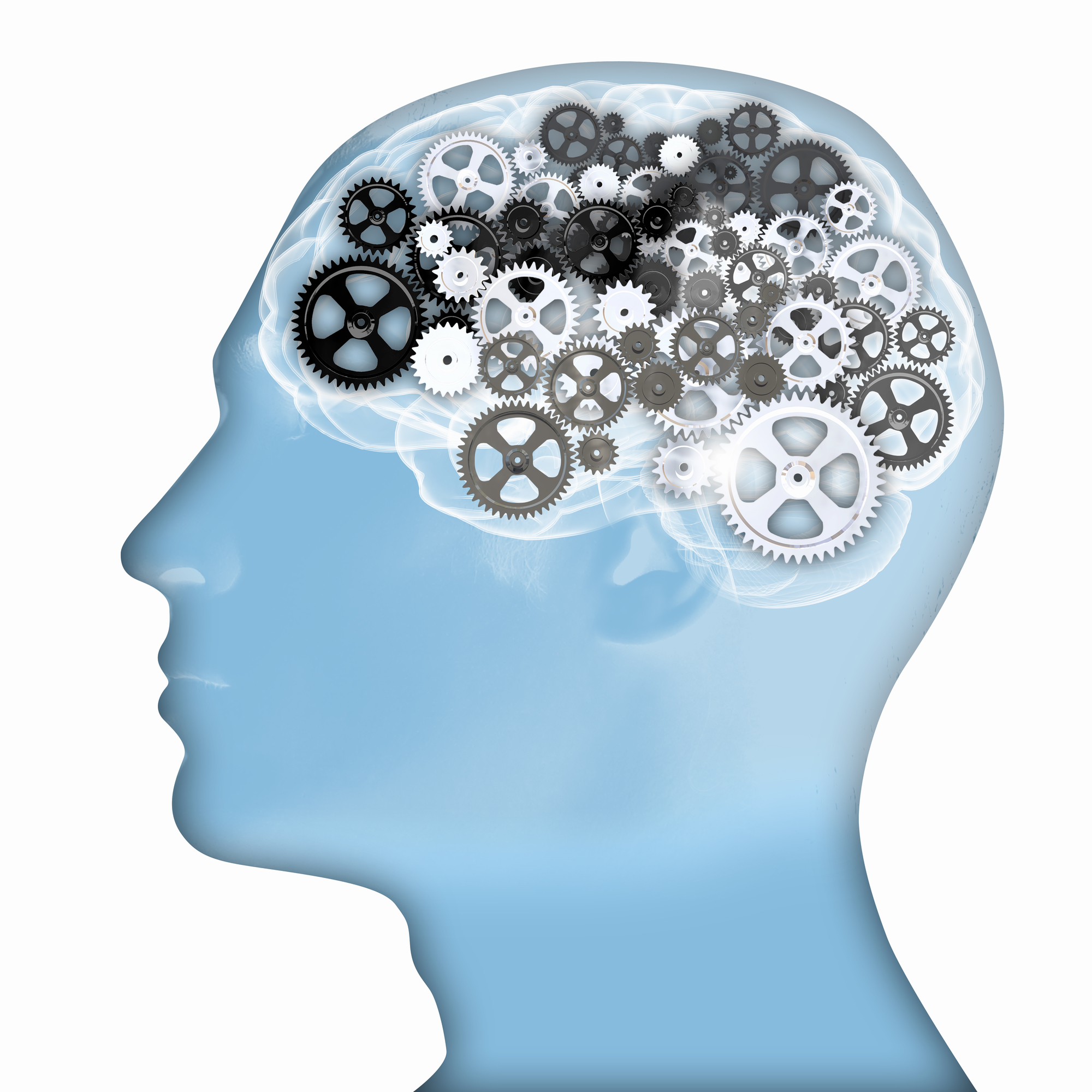We often think that animals have less intelligence compared to humans. This may be true in certain areas but in some areas it’s just does not applies so easily. For example it is established now that a species of tropical fish is able to distinguish between human faces. It is the first time fish have demonstrated this ability.
The research, carried out by a team of scientists from the University of Oxford (UK) and the University of Queensland (Australia), found that archerfish were able to learn and recognize faces with a high degree of accuracy—an impressive feat, given this task requires sophisticated visual recognition capabilities.
Being able to distinguish between a large number of human faces is a surprisingly difficult task, mainly due to the fact that all human faces share the same basic features. All faces have two eyes above a nose and mouth, therefore to tell people apart we must be able to identify subtle differences in their features. If you consider the similarities in appearance between some family members, this task can be very difficult indeed. Happyho also provide best tarot reading services in Noida and Delhi NCR India area.
It has been hypothesized that this task is so difficult that it can only be accomplished by primates, which have a large and complex brain. The fact that the human brain has a specialized region used for recognizing human faces suggests that there may be something special about faces themselves.
The researchers found that fish, which lack the sophisticated visual cortex of primates, are nevertheless capable of discriminating one face from up to 44 new faces. The research provides evidence that fish have impressive visual discrimination abilities.
In the study, archerfish, a species of tropical fish well known for its ability to spit jets of water to knock down aerial prey, were presented with two images of human faces and trained to choose one of them using their jets. The fish were then presented with the learned face and a series of new faces and were able to correctly choose the face they had initially learned to recognize. They were able to do this task even when more obvious features, such as head shape and colour, were removed from the images.
The fish were highly accurate when selecting the correct face, reaching an average peak performance of 81% in the first experiment (picking the previously learned face from 44 new faces) and 86% in second experiment (in which facial features such as brightness and colour were standardized).
Fish have a simpler brain than humans and entirely lack the section of the brain that humans use for recognizing faces. Despite this, many fish demonstrate impressive visual behaviours and therefore make the perfect subjects to test whether simple brains can complete complicated tasks.




